Google Pixel: Complete Release Date History
The Google Pixel lineup stands tall among the best smartphones, rivaling the likes of Apple's iPhone and Samsung's Galaxy series. Since its inception in 2016, Google has consistently elevated the Pixel series, establishing it as a premier choice for Android enthusiasts. Keeping track of each model and its evolution can be a challenge, but we've made it easy for you. Below, we present a comprehensive list of every Google Pixel smartphone along with its release date. If you're curious about how Google has refined its flagship phones over the years, now's the perfect time to dive in!
How Many Google Pixel Generations Have There Been?
In total, there have been 17 different Google Pixel generations. This count does not include separate listings for Pro or XL models, but it does encompass distinct Pixel models such as the a and Fold series.
AnswerSee ResultsEvery Google Pixel Generation in Order of Release
Google Pixel - October 20, 2016
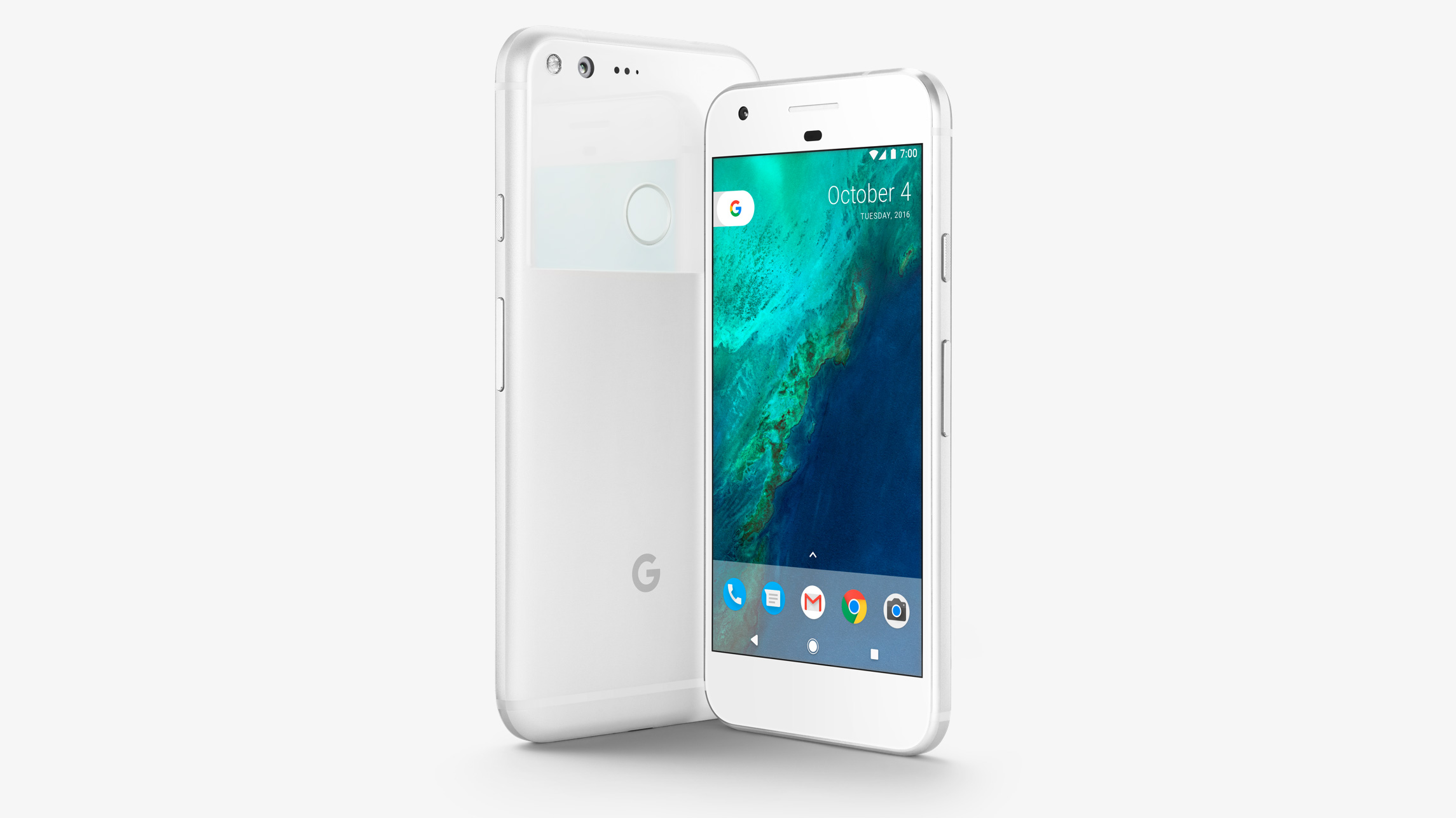
The inaugural Google Pixel, launched on October 20, 2016, was a trailblazer, introducing the world to USB-C technology and boasting a robust 12.3 megapixel camera. The lineup included both a standard Pixel and a larger Pixel XL, catering to varied user preferences.
Google Pixel 2 - October 17, 2017

The Google Pixel 2, released on October 17, 2017, built upon its predecessor with significant camera enhancements, including optical image stabilization. It also marked the controversial removal of the headphone jack, though improvements were made to address Bluetooth connectivity issues.
Google Pixel 3 - October 18, 2018

The Google Pixel 3, unveiled on October 18, 2018, introduced notable changes like slimmer bezels, a higher-resolution screen with a 12.5% increase, and a shift to a 5.5" display. It also pioneered wireless charging, freeing users from the constraints of a USB-C cable.
Google Pixel 3a - May 7, 2019

In 2019, Google ventured into the mid-range market with the Google Pixel 3a, released on May 7. Despite its more affordable price, it retained the flagship's impressive back camera system. For a detailed look at its performance, check out our Pixel 3a review.
Google Pixel 4 - October 15, 2019
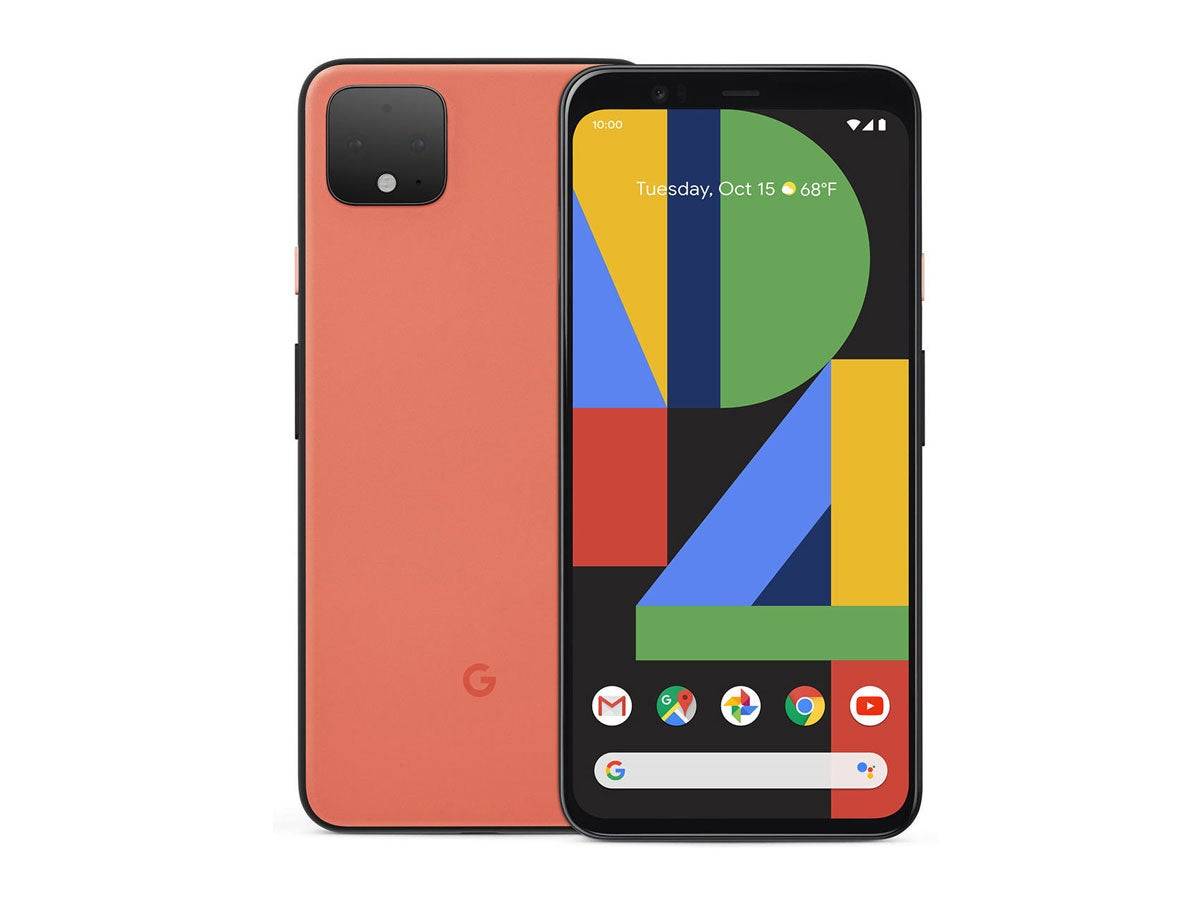
The Google Pixel 4, launched on October 15, 2019, focused on internal enhancements, including a 90Hz refresh rate and a 2x optical zoom camera. It also boasted upgraded RAM, jumping to 6GB from the Pixel 3's 4GB.
Google Pixel 4a - August 20, 2020
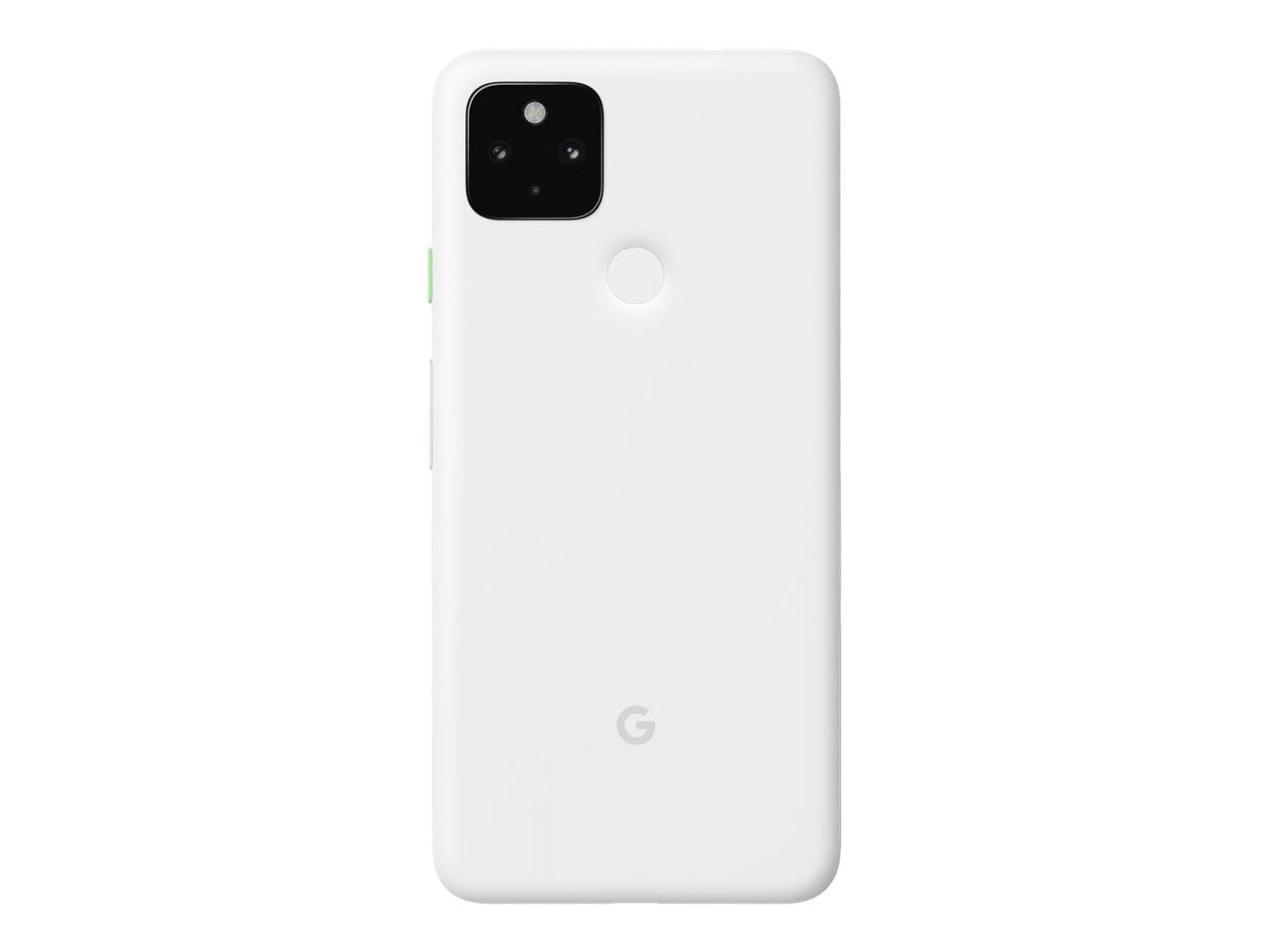
The Google Pixel 4a, introduced on August 20, 2020, balanced cost-cutting with significant upgrades. While it dropped the 90Hz refresh rate, it offered a peak brightness of 796 nits and improved power efficiency, extending battery life by four hours over the flagship model.
Google Pixel 5 - October 15, 2020
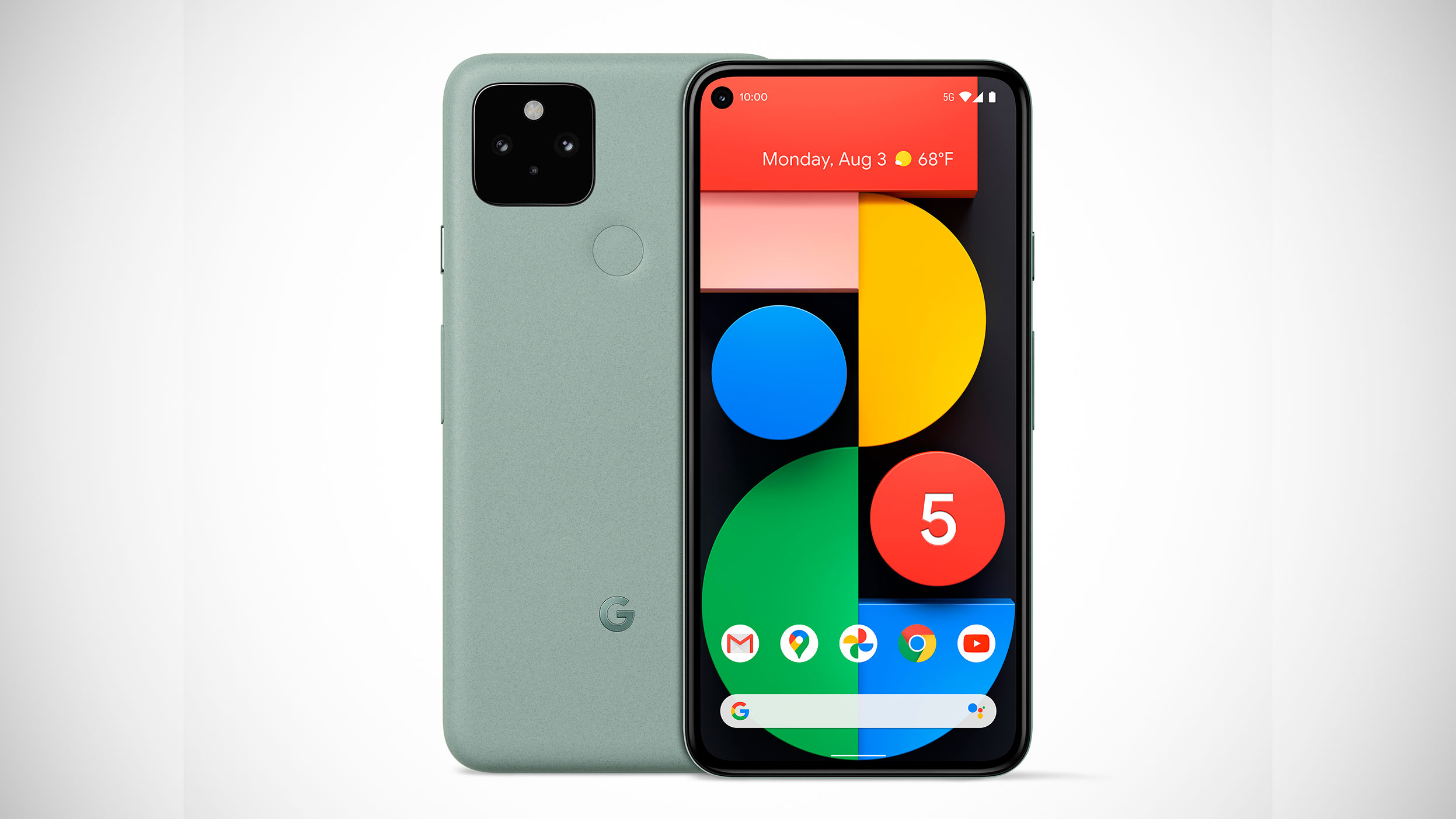
The Google Pixel 5, released on October 15, 2020, prioritized battery life with a 4080mAh battery, offering nearly 50% more life per charge than the Pixel 4. It also incorporated the Pixel 4a's increased display brightness and introduced reverse charging capabilities.
Google Pixel 5a - August 26, 2021
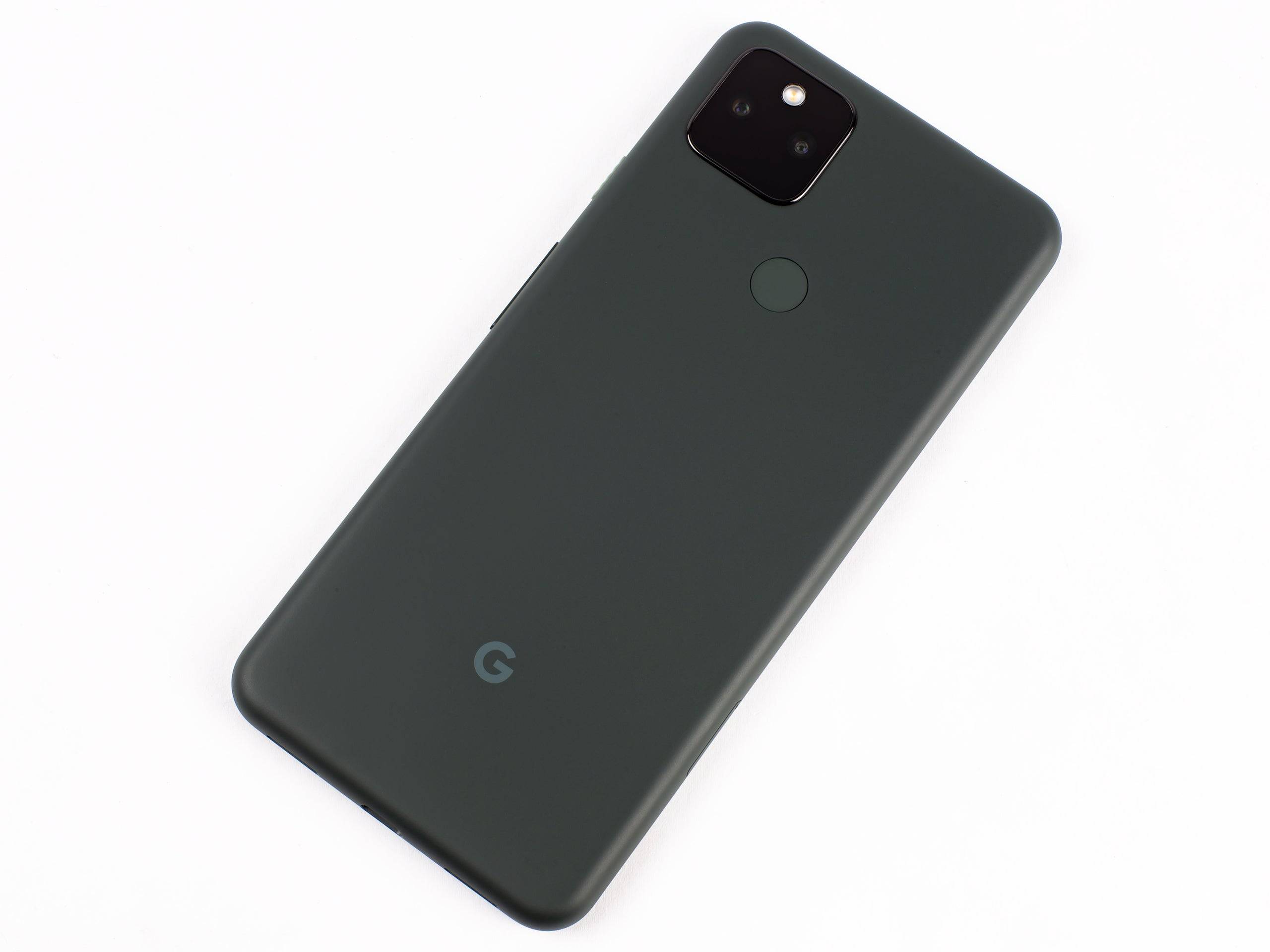
The Google Pixel 5a, launched on August 26, 2021, closely resembled the Pixel 5 but featured a slightly larger 6.34" display and a 4680mAh battery. However, it did not support wireless charging, unlike its predecessor.
Google Pixel 6 - October 28, 2021

The Google Pixel 6, released on October 28, 2021, made waves with a new camera bar design and was priced $100 less than the Pixel 5. Its camera system excelled in low light, and the Pro version was highly regarded, remaining a strong contender in the market.
Google Pixel 6a - July 21, 2022

The Google Pixel 6a, launched on July 21, 2022, made compromises such as reducing the refresh rate to 60Hz and RAM to 6GB. The main camera sensor was significantly downgraded to 12.2MP from the Pixel 6's 50MP.
Google Pixel 7 - October 13, 2022
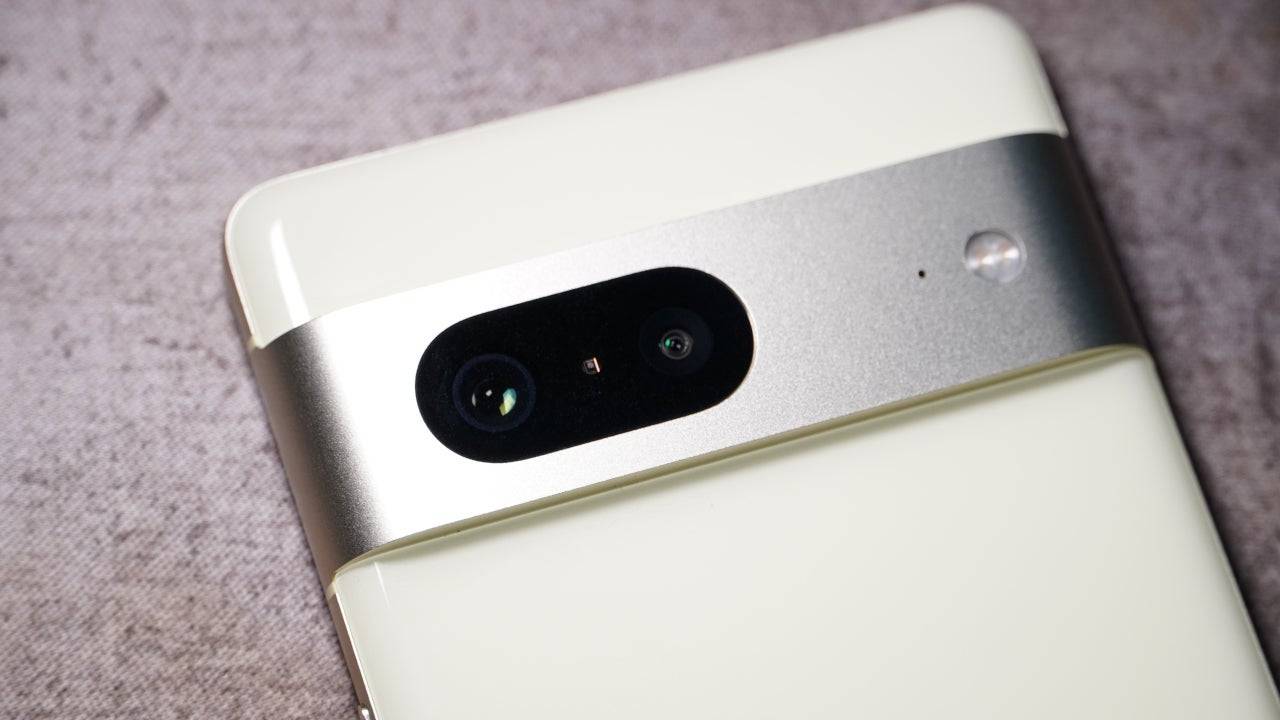
The Google Pixel 7, unveiled on October 13, 2022, was a modest upgrade, enhancing features like the fingerprint sensor and camera bar. While not revolutionary, it was a solid choice for those looking to upgrade from older Pixel models. The larger Pixel 7 Pro was favored in comparisons with the standard model.
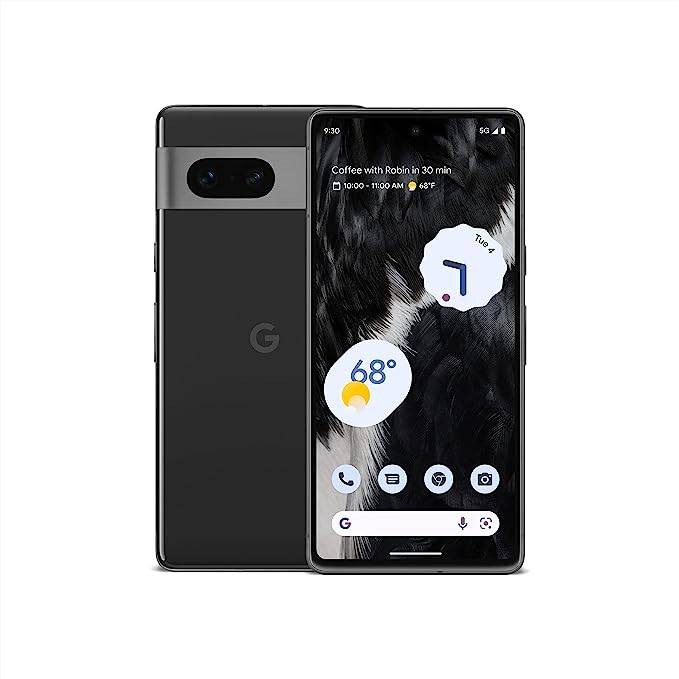
Google Pixel 7 (128GB)
0See it at Amazon
Google Pixel 7a - May 10, 2023
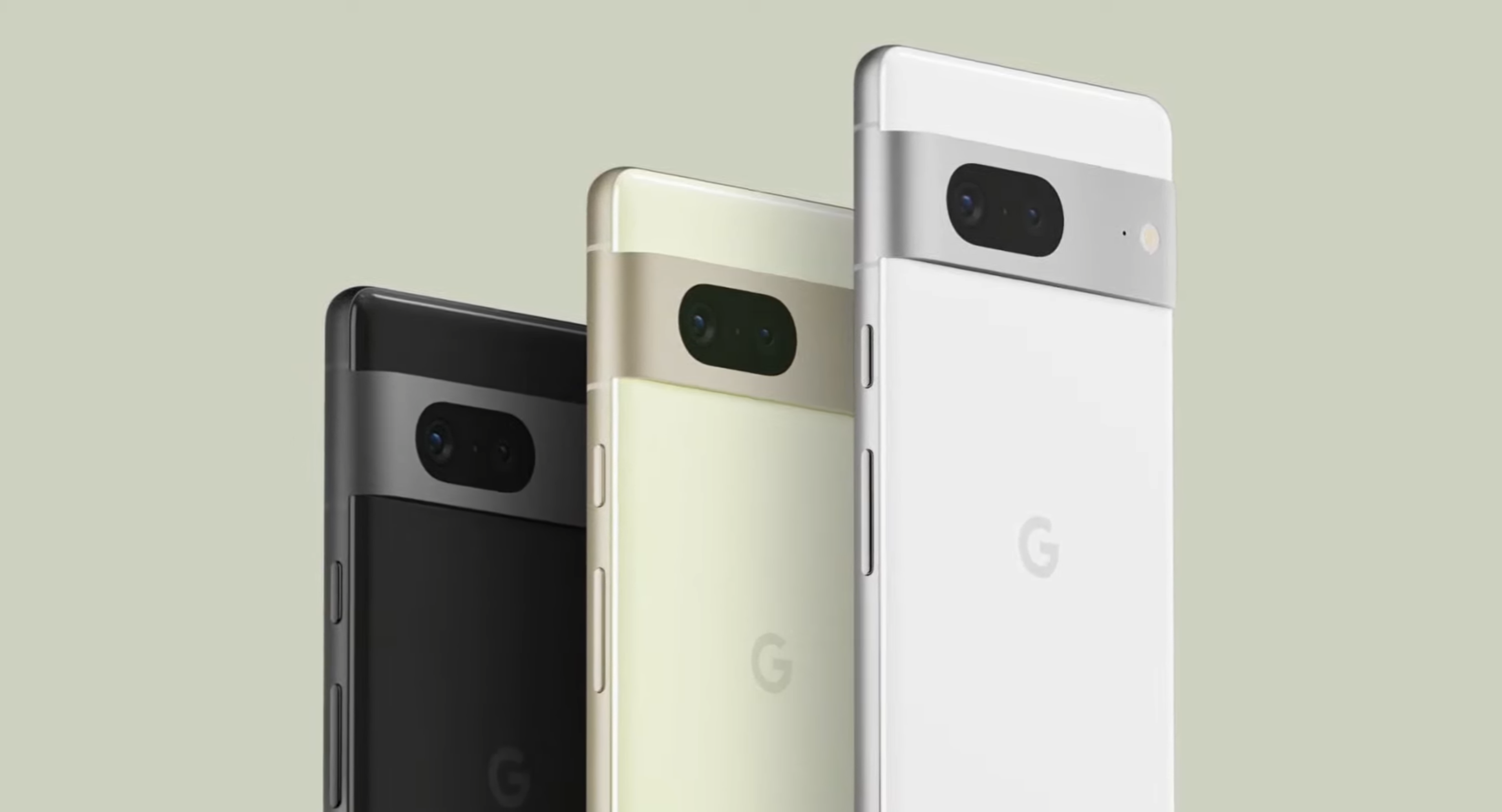
The Google Pixel 7a, launched on May 10, 2023, brought a 64MP main camera, retaining the 90Hz refresh rate and 8GB of RAM. Despite its smaller size, it offered similar battery life to the Pixel 7, but with slower charging capabilities.
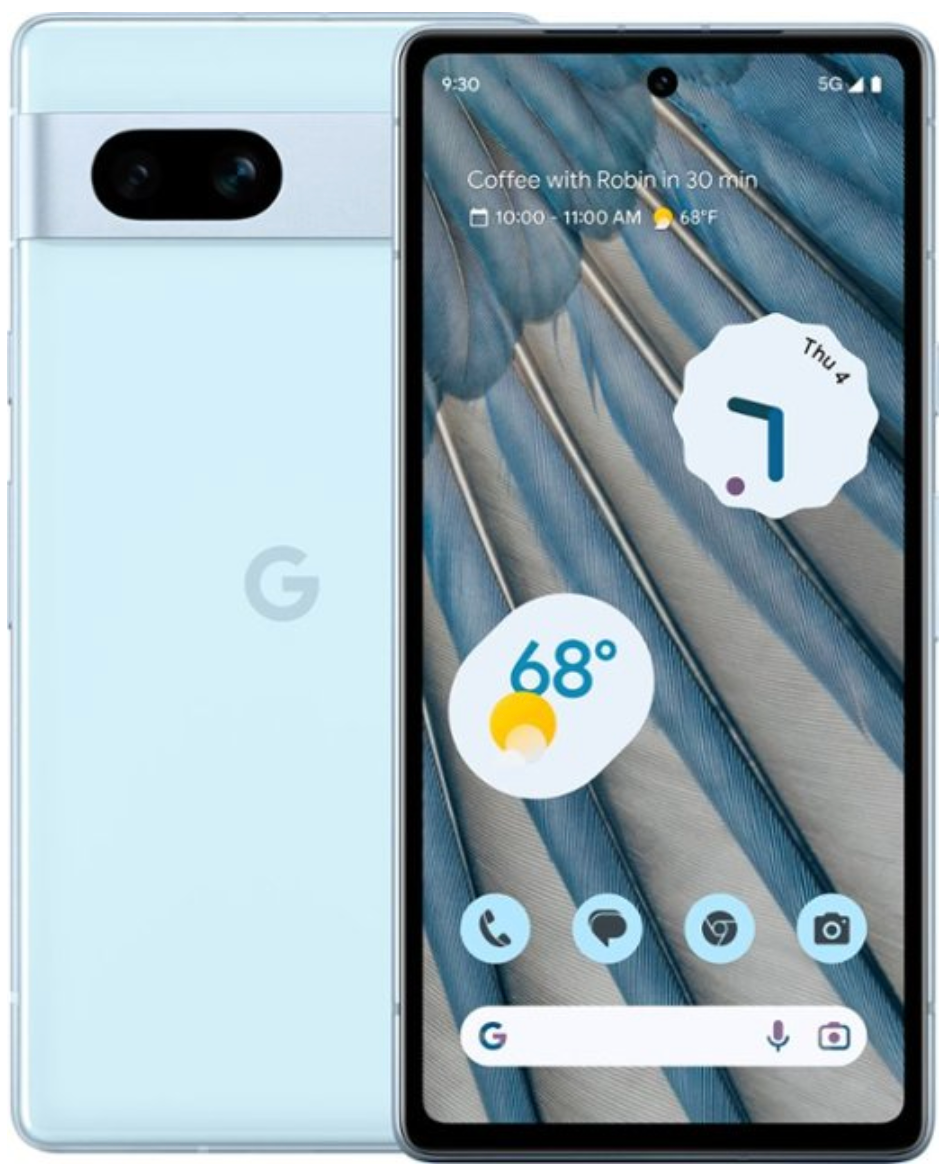
Google Pixel 7a
8A slightly cheaper and toned-down version of the Pixel 7, the Pixel 7a offers the same powerful processor, impressive AI features, and decent cameras. See it at Best Buy
Google Pixel Fold - June 20, 2023

The Google Pixel Fold, launched on June 20, 2023, was Google's first major addition to the Pixel lineup in years. It featured a 7.6" foldable display and integrated many of the Pixel 7 Pro's camera features, offering versatile camera angles.
Google Pixel 8 - October 12, 2023
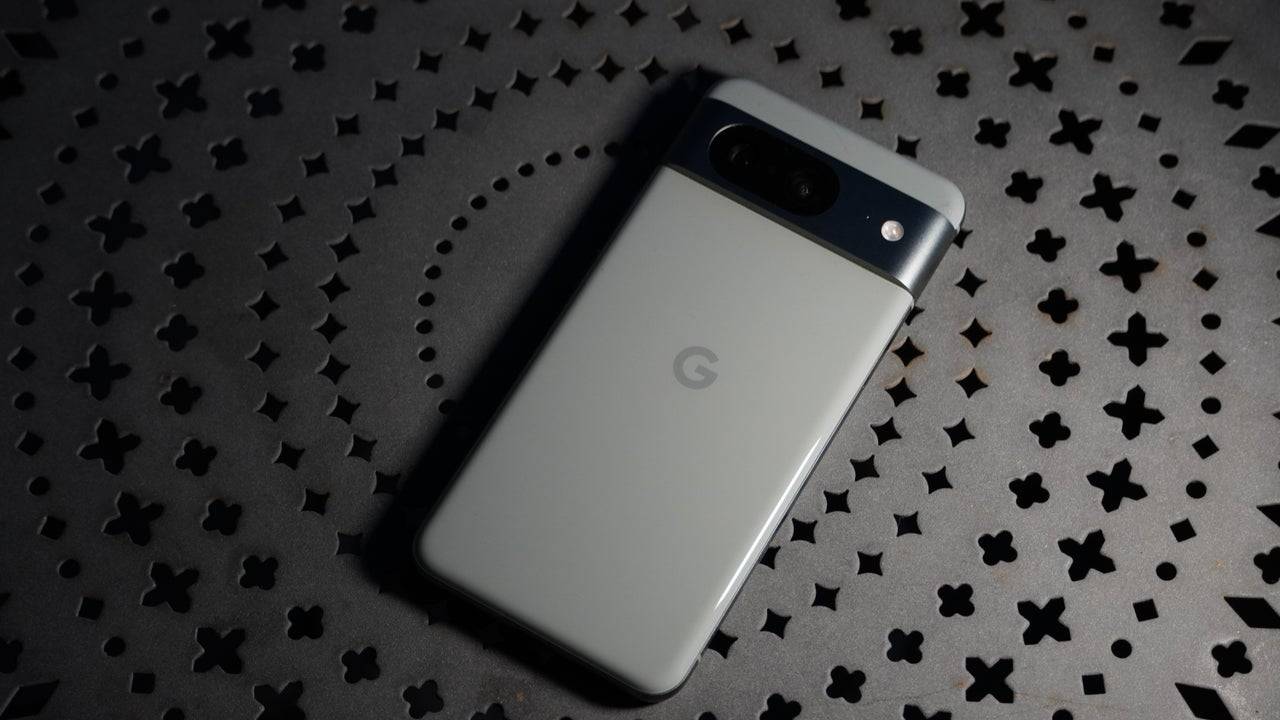
The Google Pixel 8, released on October 12, 2023, boasted a peak brightness of 2000 nits and a 120Hz refresh rate. It offered a significant upgrade from the Pixel 7, running on a G3 Tensor chip and delivering robust camera performance.
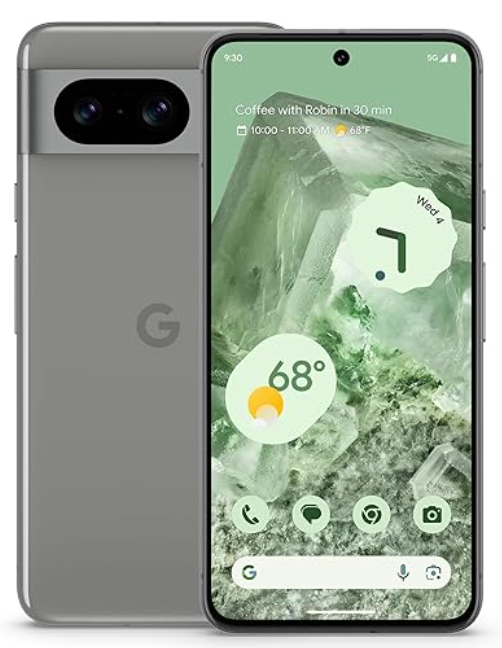
12Running on a G3 Tensor chip, you’ll enjoy solid cameras, smart AI functions, and a bright, beautiful OLED display for an affordable price. See it at Amazon
Google Pixel 8a - May 14, 2024
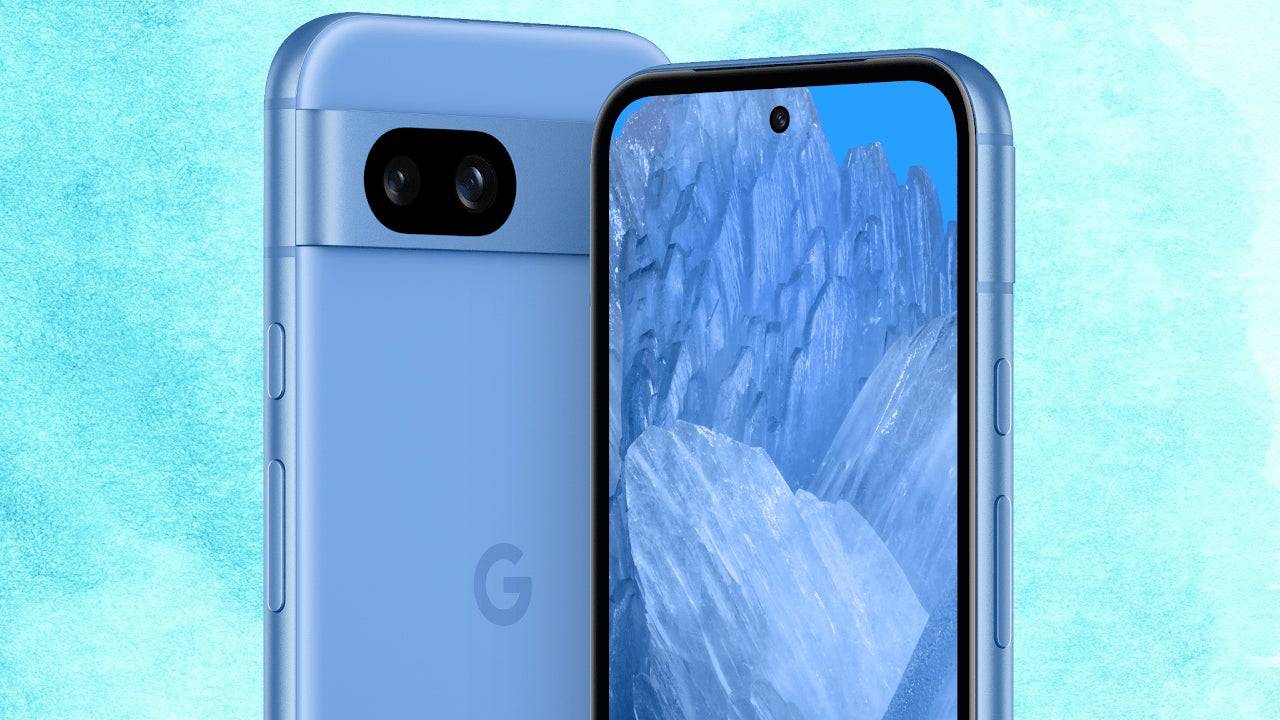
The Google Pixel 8a, launched on May 14, 2024, opted for Gorilla Glass 3 instead of Victus. While it shared similar performance with the Pixel 8, its 64MP camera offered a higher pixel count but less depth compared to the Pixel 8's 50MP camera.
Google Pixel 9 - August 22, 2024
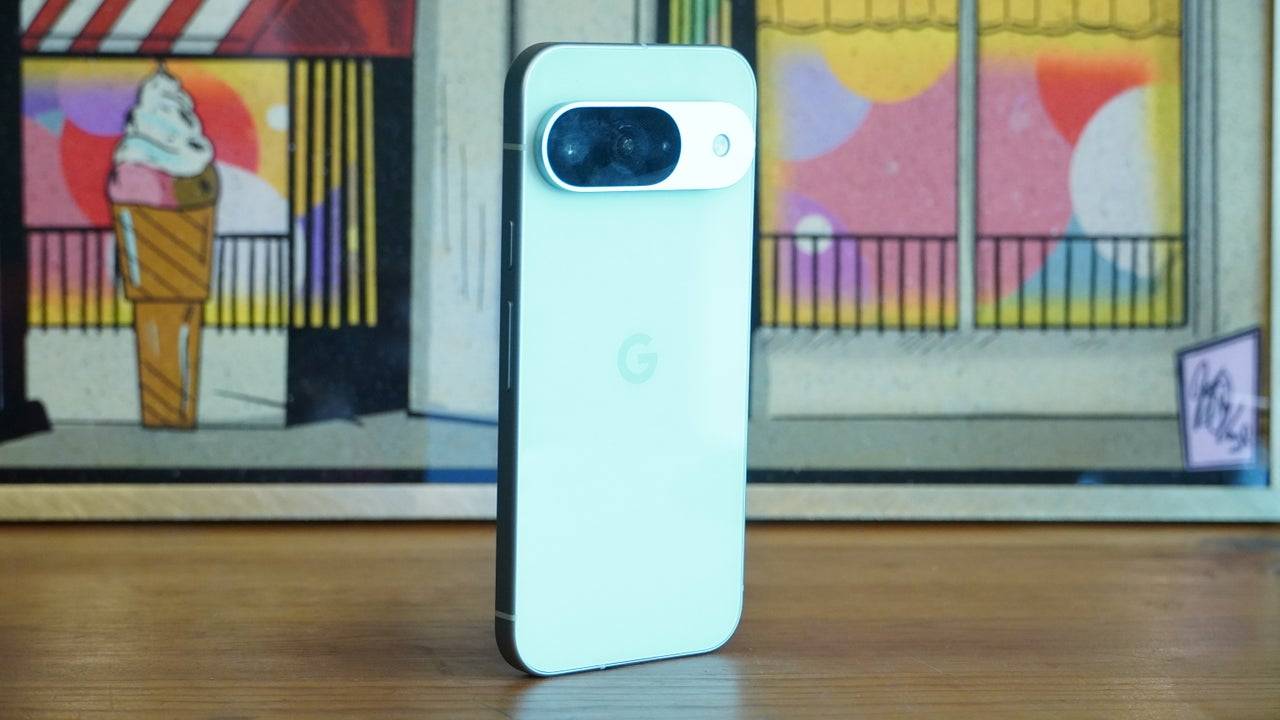
The Google Pixel 9, released on August 22, 2024, broke tradition by launching in August rather than October. It introduced Satellite SOS features, a new design, and a triple rear camera, with the Pro series boasting 16GB of RAM.

0An elegant design, exceptional cameras, a quality display, and extensive software support make the Pixel 9 Pro a champ among smartphones. See it at Amazon See it at Best Buy
Google Pixel 9 Pro Fold - September 4, 2024
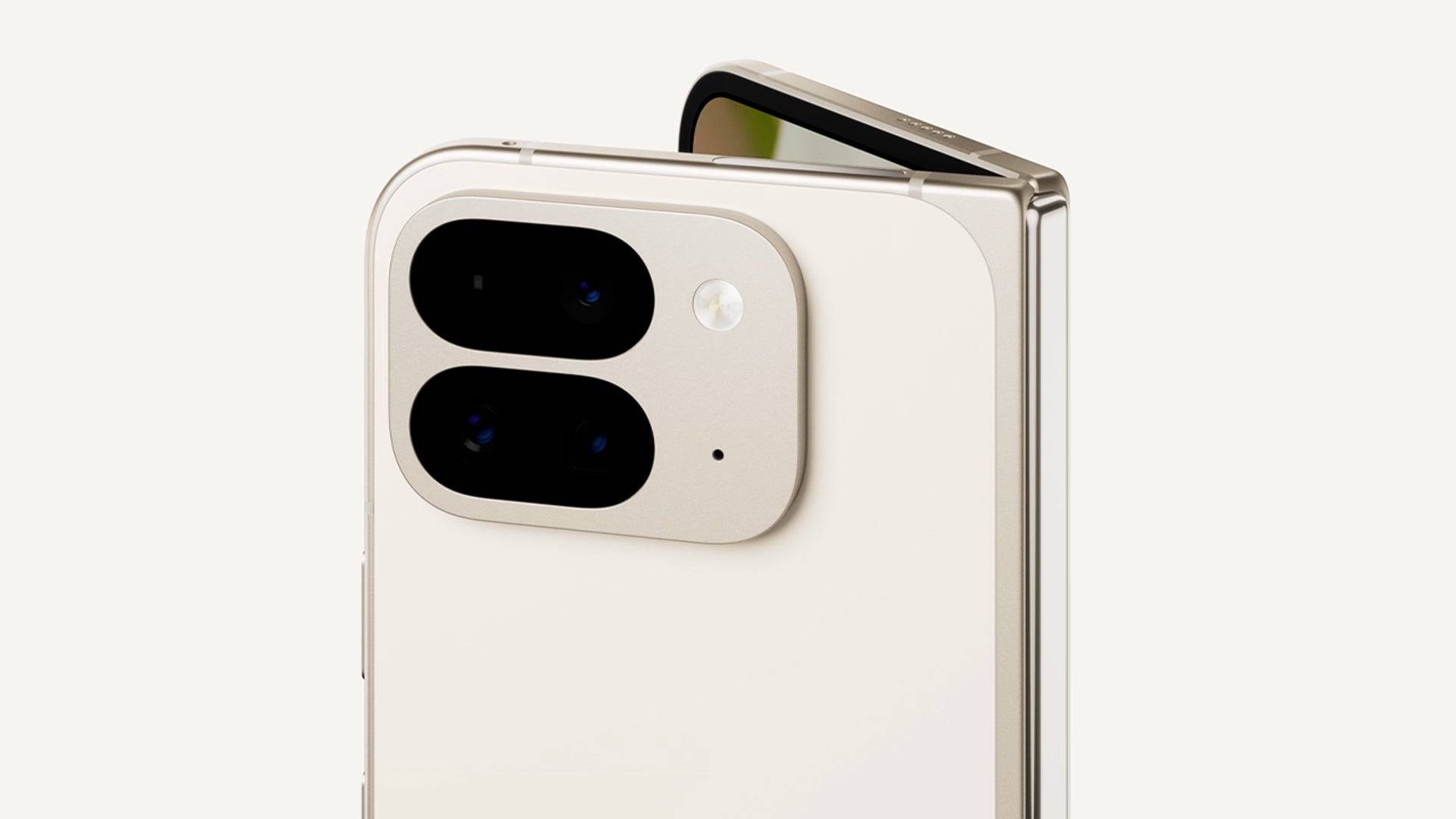
The latest addition, the Google Pixel 9 Pro Fold, launched on September 4, 2024, features a taller and thinner foldable display. With OLED screens on both the 6.3-inch outer and 8-inch inner displays, and three rear-facing cameras, it stands as Google's premier phone.

Preorder the Google Pixel 9 Pro Fold 256GB
0See it at Amazon
When Is the Google Pixel 10 Coming Out?
The Google Pixel 10 lineup, including the Pixel 10 Pro and Pixel 10 Pro XL, is expected to launch in the Fall of 2025. While Google traditionally favored October releases, the Pixel 9's August 2024 launch suggests a possible shift to August 2025 for the Pixel 10.
-
The best LED strip lights can truly transform any space, adding a soft glow to your office, desk, or kitchen. For a more dynamic effect, RGB lights can elevate your gaming PC setup, creating a vibrant atmosphere. Whether you're aiming for a subtle under-cabinet light or a colorful gaming room displaAuthor : Allison Apr 25,2025
-
As the weather turns warmer, Best Buy is celebrating with a Spring Sale that's heating up the gaming world. This event features a plethora of tech deals, but it's the video game discounts that are truly stealing the show. Whether you're a PlayStation, Xbox Series X, or Nintendo Switch gamer, there'sAuthor : David Apr 25,2025
-
 Total BattleDownload
Total BattleDownload -
 Block Blast: Tower DefenseDownload
Block Blast: Tower DefenseDownload -
 Trapped in the ForestDownload
Trapped in the ForestDownload -
 Merge Spider Monster Train ModDownload
Merge Spider Monster Train ModDownload -
 Murder: Be The KingDownload
Murder: Be The KingDownload -
 Capital City QuizDownload
Capital City QuizDownload -
 Sual CavabDownload
Sual CavabDownload -
 Call of Dragons - FuntapDownload
Call of Dragons - FuntapDownload -
 Dog-Cat Free Slot Machine Game OnlineDownload
Dog-Cat Free Slot Machine Game OnlineDownload -
 TERROR DO ESPONJADownload
TERROR DO ESPONJADownload
- Hitman Devs' "Project Fantasy" Hopes to Redefine Online RPGs
- The Elder Scrolls: Castles Now Available on Mobile
- Minecraft's 'In Your World' Mod: A Chilling Update
- Resident Evil Creator Wants Cult Classic, Killer7, to Get a Sequel By Suda51
- Deadlock Characters | New Heroes, Skills, Weapons, and Story
- Fortnite Update: Mysterious Mythic Item Teased in Latest Leak

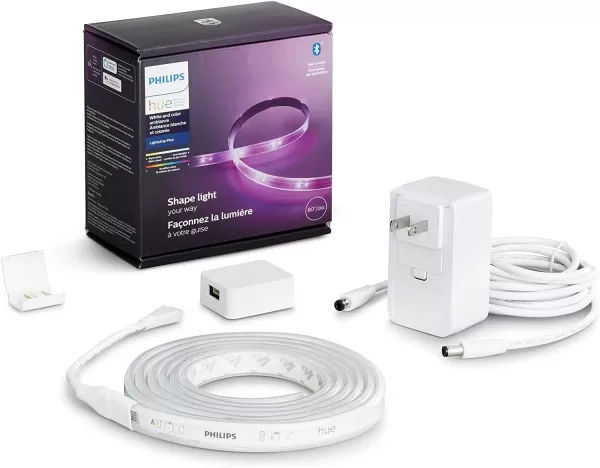









![[777Real]スマスロモンキーターンⅤ](https://images.0516f.com/uploads/70/17347837276766b2efc9dbb.webp)

